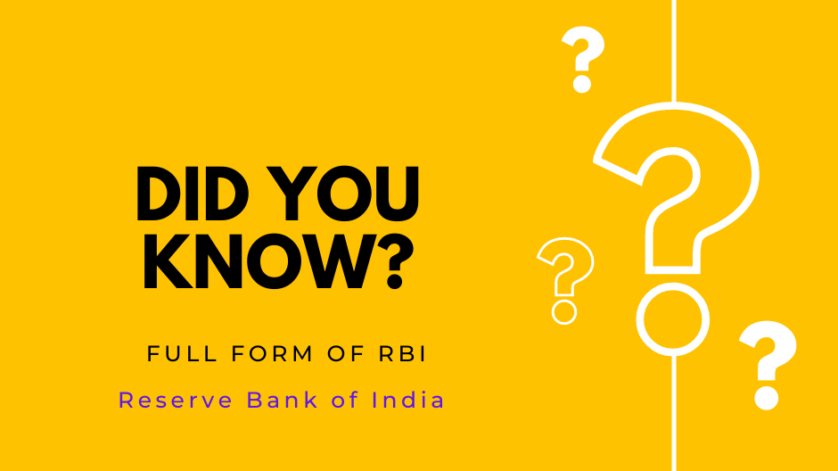RBI Full Form
The Reserve Bank of India, or RBI, is India’s central bank, responsible for regulating the country’s monetary policy, ensuring financial stability, and promoting economic development. Founded on April 1, 1935, under the Reserve Bank of India Act, the RBI has been at the forefront of India’s economic development and has played a crucial role in shaping the country’s financial system.
One of the RBI’s primary responsibilities is to maintain price stability in the economy. It achieves this through the implementation of monetary policy, which involves adjusting interest rates and controlling the money supply. By regulating the flow of money in the economy, the RBI aims to keep inflation under control and maintain the value of the Indian rupee.
The RBI also acts as a lender of last resort, providing liquidity support to financial institutions in times of crisis. During the global financial crisis of 2008, the RBI provided liquidity to the banking system to ensure that banks had the funds necessary to continue operating and lending to businesses and individuals.
In addition to its regulatory and supervisory functions, the RBI also plays a crucial role in promoting financial inclusion in the country. It has implemented various policies and initiatives to increase access to financial services, especially in rural areas where financial exclusion is most acute. The RBI has also played a key role in the development of the digital payments ecosystem in India, which has transformed the way people transact and interact with their money.
The RBI also oversees the operation of India’s payment and settlement systems. These systems facilitate the transfer of funds between banks and other financial institutions and are critical to the functioning of the financial system. The RBI has taken various measures to ensure the safety and efficiency of these systems, including the implementation of real-time gross settlement (RTGS) and national electronic funds transfer (NEFT) systems.
In recent years, the RBI has faced a number of challenges, including rising non-performing assets (NPAs) in the banking sector and a slowing economy. The RBI has responded by implementing various measures to strengthen the banking system and promote economic growth, including the implementation of a new framework for the resolution of stressed assets and the introduction of a new monetary policy framework.
The RBI is governed by a central board of directors, which is responsible for formulating policies and overseeing the operations of the bank. The Governor of the RBI is appointed by the central government and is responsible for the day-to-day management of the bank.
The RBI is a vital institution in India’s financial landscape. Its role in regulating the financial system, maintaining price stability, and promoting economic growth has been critical to India’s economic development over the past century. As India continues to grow and evolve, the RBI will undoubtedly continue to play a crucial role in shaping the country’s financial system and driving its economic growth.

